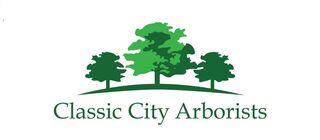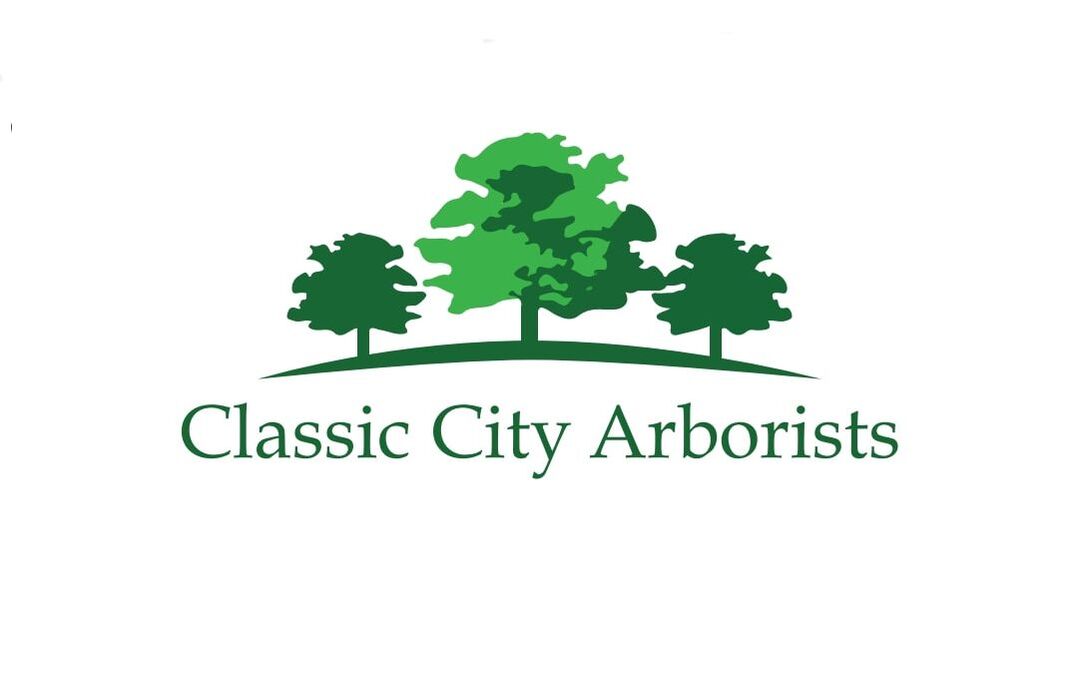|
News and Blog Articles
|
|
For December’s Tree of the Month, we’re featuring the river birch, scientifically referred to as Betula nigra, also known colloquially as the water birch and the black birch. Like these names suggest, this beautiful tree naturally grows along river banks and other bodies of water, but can also be cultivated just about anywhere in the United States. Unlike other kinds of birches, which have more specific environmental needs, river birches are pretty tolerant of…well…everything. They’re indifferent to most soil types, can handle both drought and flood, and while they prefer around 4 hours of unfiltered sunlight per day (known as “partial shade” in the arboreal world), they do just fine with more or less. They do just as well in the hot southern states as they do the colder northern states, and are resistant to birch borers, a type of pest that commonly harms other birch species. This hardiness, along with a rapid growth rate and an excellence at preventing erosion, makes them great for landscaping. While maples and oaks are generally the most popular choice when it comes to public landscaping, the river birch has risen in the ranks in the last decade or so. Did You Know?River birch bark (and the bark of most birch species) has been used as paper for centuries. The oldest use of birch bark as paper is thought to be a collection of Buddhist texts from the 1st century CE! Young river birches will grow around 13 to 24 inches in a year, until they reach maturity, at which point their growth rate will stall. On average, mature river birches will top out at heights of 40 to 70 feet, with a crown stretching out 40 to 60 feet. This impressive spread is thanks to the multiple trunks of the river birch’s natural growth pattern. With multiple trunks allowed to grow freely, the river birch will have a rather irregular crown shape. In urban settings, however, these multiple trunks are pruned back to a single trunk, encouraging the tree to grow taller rather than wider. River birches that have been pruned this way will end up with a more pyramidal shape. In the wild, river birches are a long-lived tree, often seeing over 100 to 150 healthy years. Urban-cultivated river birches, on the other hand, rarely make it past 40. It’s not known why exactly domesticated river birches don’t live as long, but we do know that river birches naturally prefer to grow along bodies of water. River birches grown in a neighborhood or public park don’t have nearly the same access to water, which is what many arboriculturists attribute to discrepancy to. River birches are probably most well-known for the same reason all birches are liked: their papery, peeling bark pattern, and their stunning yellow leaves in the fall. River birch bark is usually darker than other birch species (hence the alternative name of “black birch”), with less white and grey tones and more brown and reddish tones. .The outer bark of young river birches can even be nearly pinkish in hue, while the inner bark is most often a darker, cinnamon-like color. More mature river birch trees will display darker brown bark that grows in ridged scales that lie close together rather than peeling away. The leaves of the river birch are around 2 to 3 inches long, and have the classic, rounded leaf shape. They grow in alternate pairs up and down a single stem, and are ridged along the edges. New leaves are bright green in color with a glossy finish, and will fade to a more muted green over time. But what really makes river birch leaves (and all birch tree leaves in general) stand out is their fall display. As other tree leaves begin brown, sometimes turning a little red or orange before they fall, river birch leaves transition to a bright, almost startling yellow for the autumn season. This color is made even more stunning against the backdrop of their mottled bark. Along with their yellow leaves, river birches will grow small male flowers in the fall. They won’t bloom, however, until the spring, when the small female flowers grow. Both flowers are a type of catkin, and will range from warm brown to dull green in color. Male river birch catkins are long and skinny, while female catkins are more cone-like. After the female flowers mature (somewhere in May or June), river birches will yield tiny little winged nutlets that are popular amongst local wildlife. AuthorEmily Casuccio is sister and sister-in-law to Rebekah and Scott Rushing, and has over half a decade of experience in copywriting, copyediting, proofreading, and developmental storyboarding. She's worked with both published and undiscovered authors on both fiction and nonfiction, and takes pride in supporting local businesses. Her passion lies in the written word and helping authors of all capacities realize their dreams and achieve their fullest potential. To learn more about her, read samples of her work, or contact her, visit her online portfolio.
0 Comments
Your comment will be posted after it is approved.
Leave a Reply. |
Categories
All
Archives
January 2023
|
|
23 Whatever you do, work at it with all your heart, as working for the Lord, not for human masters,
24 since you know that you will receive an inheritance from the Lord as a reward. It is the Lord Christ you are serving.
Colossians 3:23-24
24 since you know that you will receive an inheritance from the Lord as a reward. It is the Lord Christ you are serving.
Colossians 3:23-24

